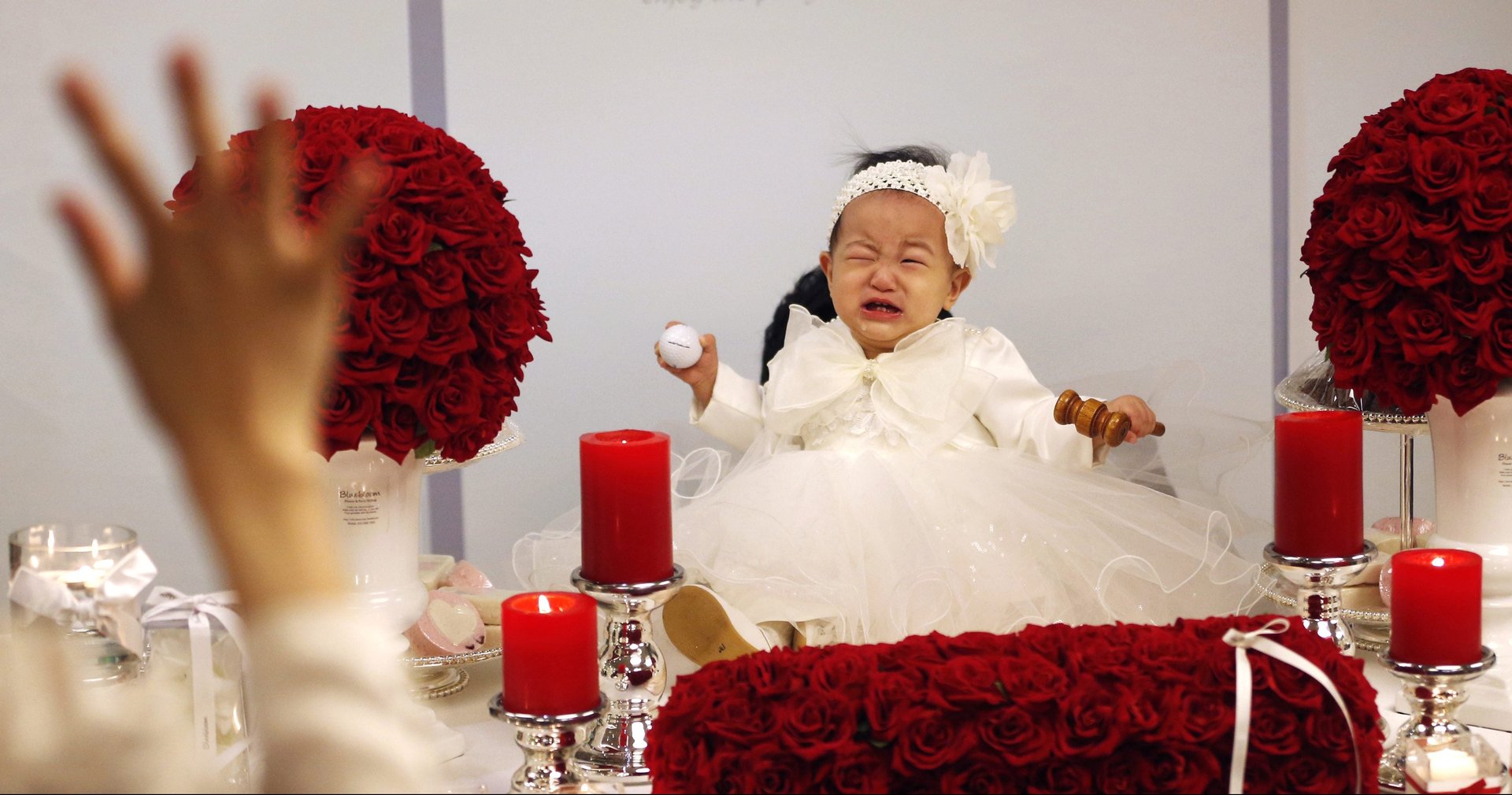South Korea’s demographic time bomb is ticking faster than thought
South Korea recorded its lowest-ever fertility rate last year of 1.05 births per woman, falling under the previous low set in 2005, when the figure was 1.08. To keep its population level stable, the country needs a fertility rate of 2.1 births per woman.


South Korea recorded its lowest-ever fertility rate last year of 1.05 births per woman, falling under the previous low set in 2005, when the figure was 1.08. To keep its population level stable, the country needs a fertility rate of 2.1 births per woman.
In the past decade or so, the country’s birth rate has fallen below Japan’s, and Korea is currently the world’s fastest-aging developed economy, with a population composed of more elderly people than young people. Only 357,000 babies were born in Korea last year, according to government statistics, the first time the figure has fallen below 400,000.
The number of deaths in 2017, meanwhile, reached an all-time high. In December, Korea saw more deaths than births for the first time ever.
The government and demographers have blamed Korea’s low birth rate on a number of factors, such as the tendency for women to get married and have children at an increasingly later age—if they do so at all. Last year, the average age at which Korean women had their first child was 31.6, the oldest in the world.
Declining fertility rates is a trend felt across broader East Asia. Japan has also predicted that its birth rate in 2017 will hit a record low since record keeping began in 1899. Taiwan also recorded the slowest rate of population increase ever in 2017.